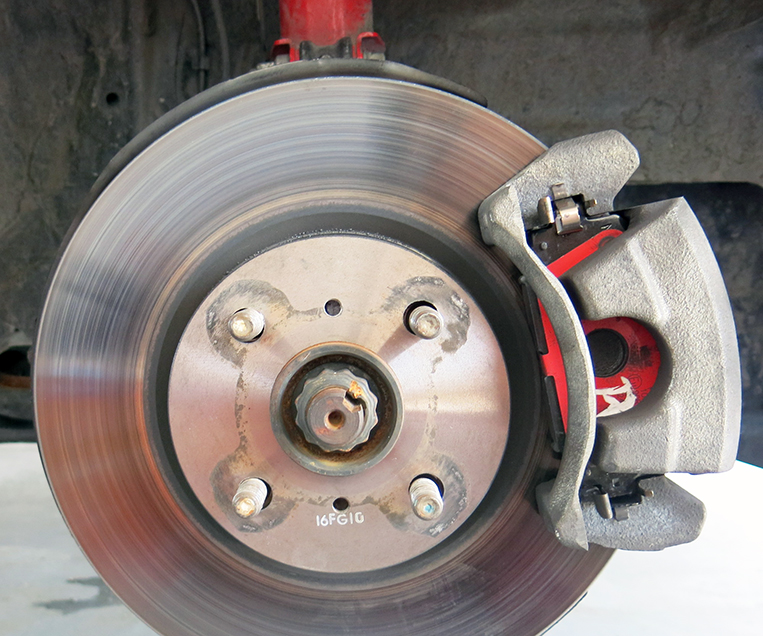
It’s every motorist’s nightmare scenario: You’re traveling home with your family after a vacation from Baguio or Tagaytay. After a few kilometers of downhill driving, the brakes seem to stop working. No matter how hard you step on the brake pedal, the car won’t slow down. Just a few hundred meters ahead, a sharp turn approaches…fast. And then you realize it has started to rain.
It’s a grim picture, but one that isn’t far from the truth. In 2015, the Metro Manila Accident Recording and Analysis System listed brake failure as the sixth leading cause of vehicular accidents—ahead of slippery road conditions, tire blowouts and other causes that might seem more common.
The sad fact is that brakes are among the least appreciated components in a car, yet are actually relatively inexpensive to properly maintain. Here are some simple tips to keep this vital safety system in tip-top shape.
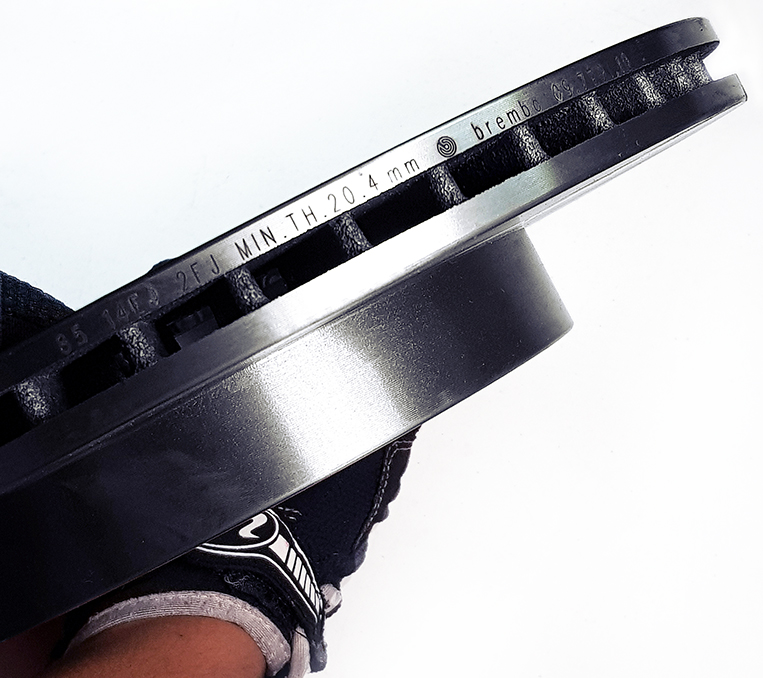
1. Have your brakes inspected every time you change your engine oil. Ask them to spray brake cleaner and make sure everything looks to be in good shape. This does not cost much, and some repair shops will even do it free of charge.
2. Be mindful of the brake pad wear indicator. In most cars, you will hear a high-pitched screech or squeal when applying the brakes. In higher-end vehicles, there is a brake pad warning light that will come on in the instrument cluster. Vibrations felt when stepping on the brakes or deep circular lines on the brake discs are also signs of worn brake pads. When you see this, it means your brake pads are worn and it’s time to replace them as soon as you can. Brake pads are the part of the brake system that provides the stopping power. They convert the kinetic energy of a moving car into heat (through friction), which slows the car down. You can replace your brake pads without replacing your brake discs. Be mindful, however, that some brake pads require a break-in period.
3. When replacing your brake pads, have your brake discs inspected as well. All cars have a recommended minimum thickness for the brake discs. If the discs are below the minimum thickness specified by the manufacturer, then it’s time to replace them with new ones. The brake disc is responsible for absorbing the heat generated by the friction between itself and the brake pad, and then dissipating that heat. When a brake disc is worn, it no longer has the mass to adequately absorb the heat generated by your brakes. When this happens, you lose all braking ability. Think of it as a sponge: The thinner the sponge is, the less water it can absorb. Whenever you replace your brake discs, you must also replace your brake pads. It is also best to follow a break-in period for your new discs and pads, where you try to avoid sudden brake application for 300km. In case of an emergency situation, however, go ahead and slam on the brakes.
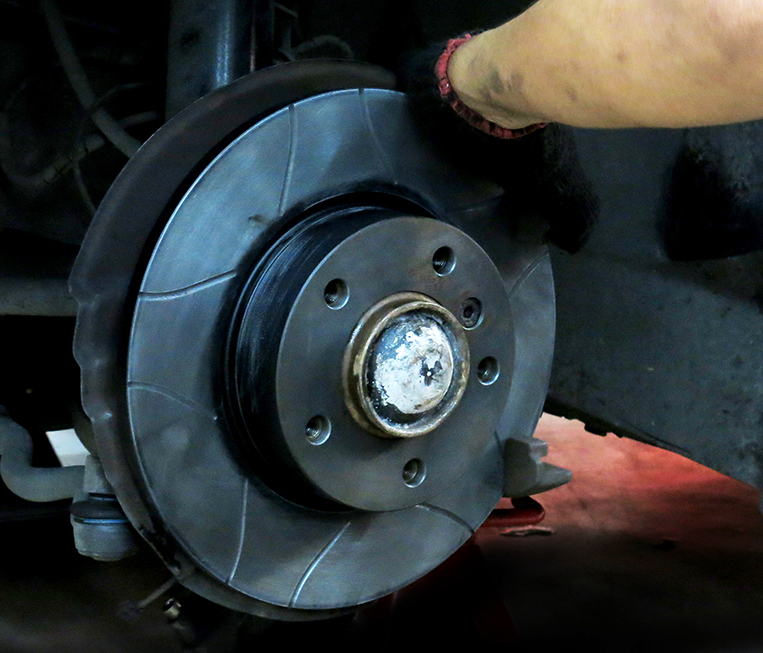
4. Whenever you replace your brake discs, it’s also best to have your brake fluid checked. Fresh brake fluid is clear. When it gets brown—or worse, black—you know it’s time for a flush and replacement. The brake fluid is what converts the force of your foot on the brake pedal into the force of the brake pads being squeezed onto the brake disc. Over time, brake fluid degrades due to heat cycling and water vapor absorption. When it degrades, it loses its ability to efficiently convert your brake pedal application into braking force. Simply put, you will no longer have maximum braking power. When replacing brake fluid, you must flush out all the old fluid and put fresh fluid in. Simply topping up will not improve your fluid’s condition, because it does not address the problem of water in the system. Bleeding old fluid will help, but very temporarily. It is always best to completely drain and refill with new fluid. In most cases, DOT 3-grade brake fluid is sufficient, but DOT 4 is recommended for faster cars or for cars that make frequent trips in hilly or mountainous areas.
5. Every time you replace your brake fluid, have your brake lines inspected, too. These rubber hoses can become brittle or cracked over time, so a regular check should be done. These normally won’t fail for a new car, but if your car is over five years old, it won’t hurt to check them right away. Brake lines (or brake hoses) connect the fluid from the brake pedal to the reservoir and then to the calipers. If these begin to leak, the effect is like having really bad brake fluid, or worse.
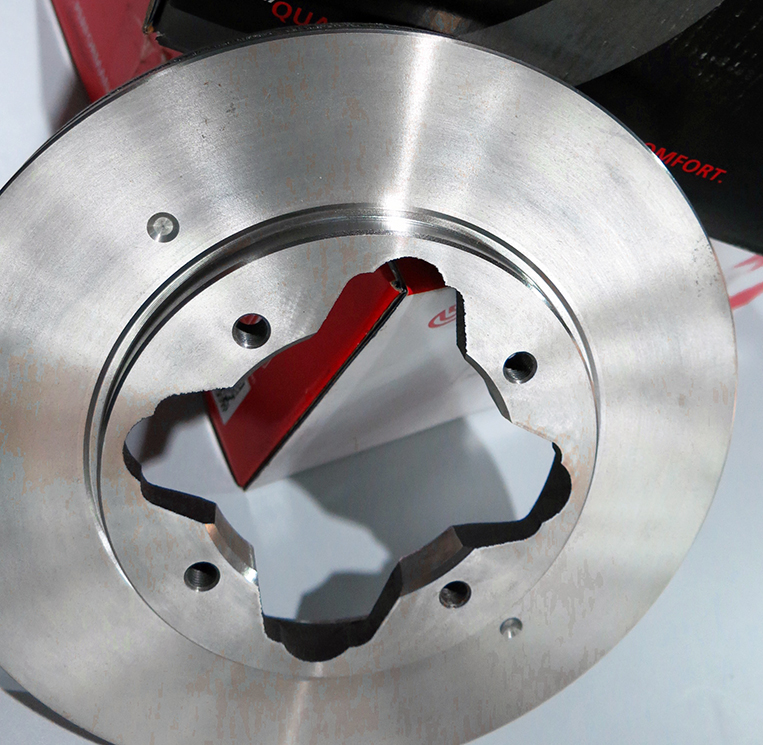
EXTRA TIP: Some cars use brake drum systems for the rear axle. This is most common in economy cars and light-duty pickups and SUVs. Every time you change your engine oil, it’s best to have the brake drums inspected and cleaned. Brake drums can collect water, oil and dirt from the road, and these can cause poor contact between the brake shoes and the brake drums, leading to inadequate braking force. It’s also good to have your brake shoes checked the same way you check your brake pads, and your brake drums the same way you check your brake discs.
These tips are easy to do, and in most cases won’t cost much. Use the best parts your budget allows. Obviously, original parts or high-quality aftermarket parts are the best. Brakes are not the right component to scrimp on. In the event something does need replacing, be thankful that you are finding out in the repair shop rather than on the road where it’s too late.

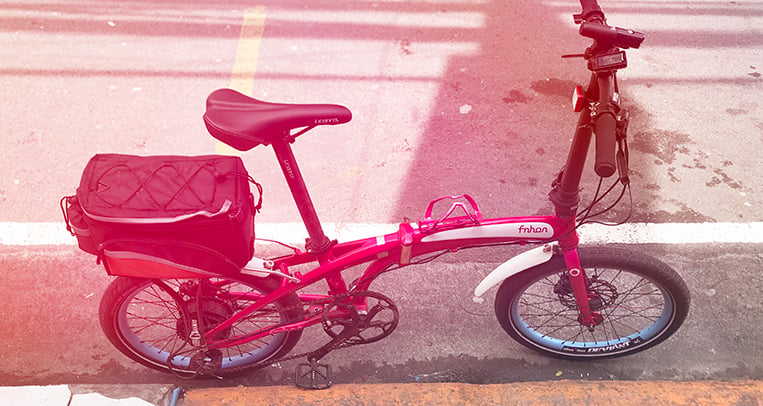


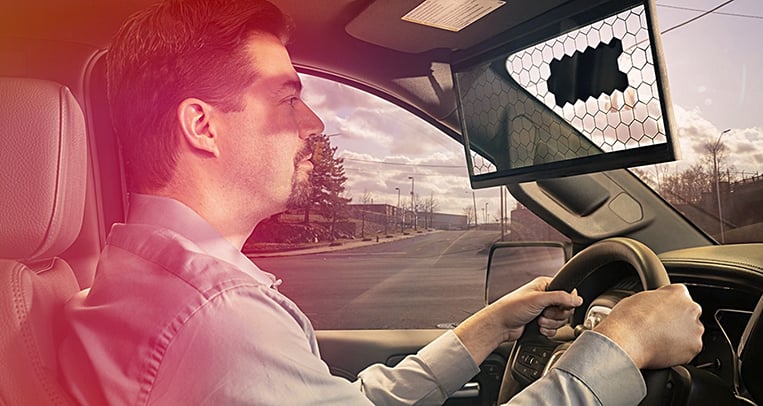






Comments